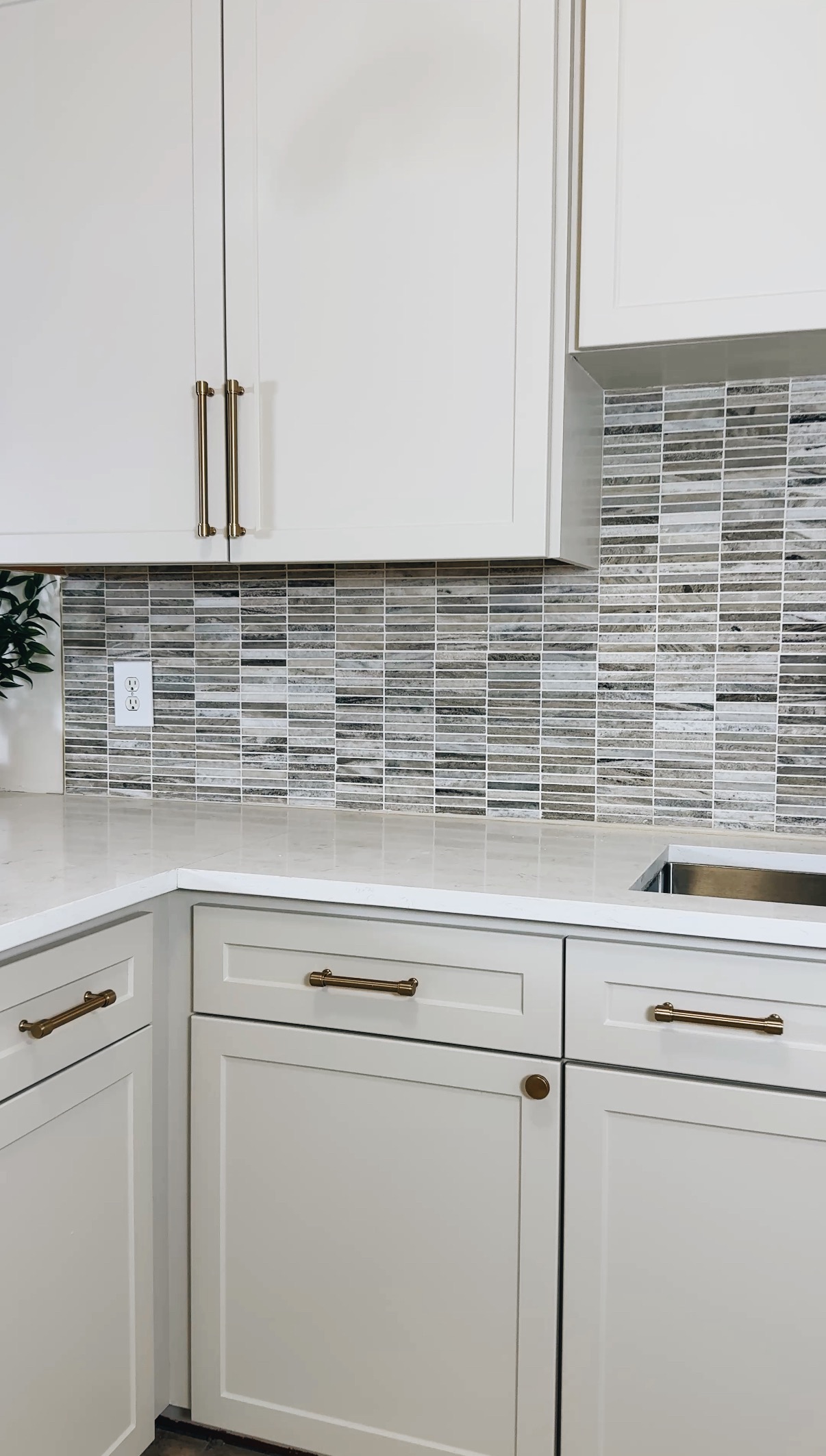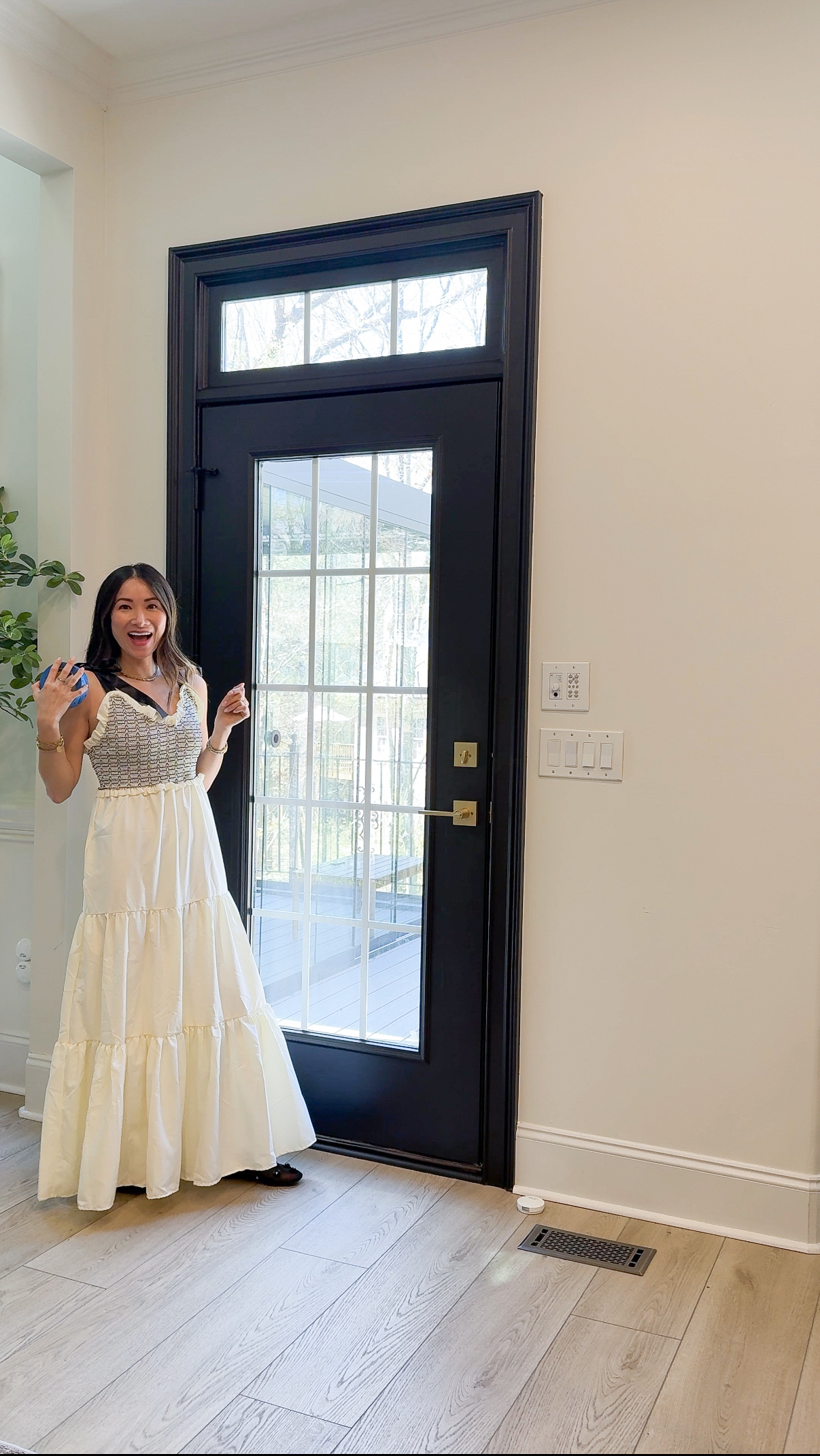Hi
I'm Bong
I'm just a girl who likes to DIY anything and everything. More than that, I love teaching people - especially women - how to pick up power tools and create the home of their dreams. Stop waiting for someone else and starting Doing It Yourself. I'll show you how!
diy projects
diy school
life hacks
categories
must have products
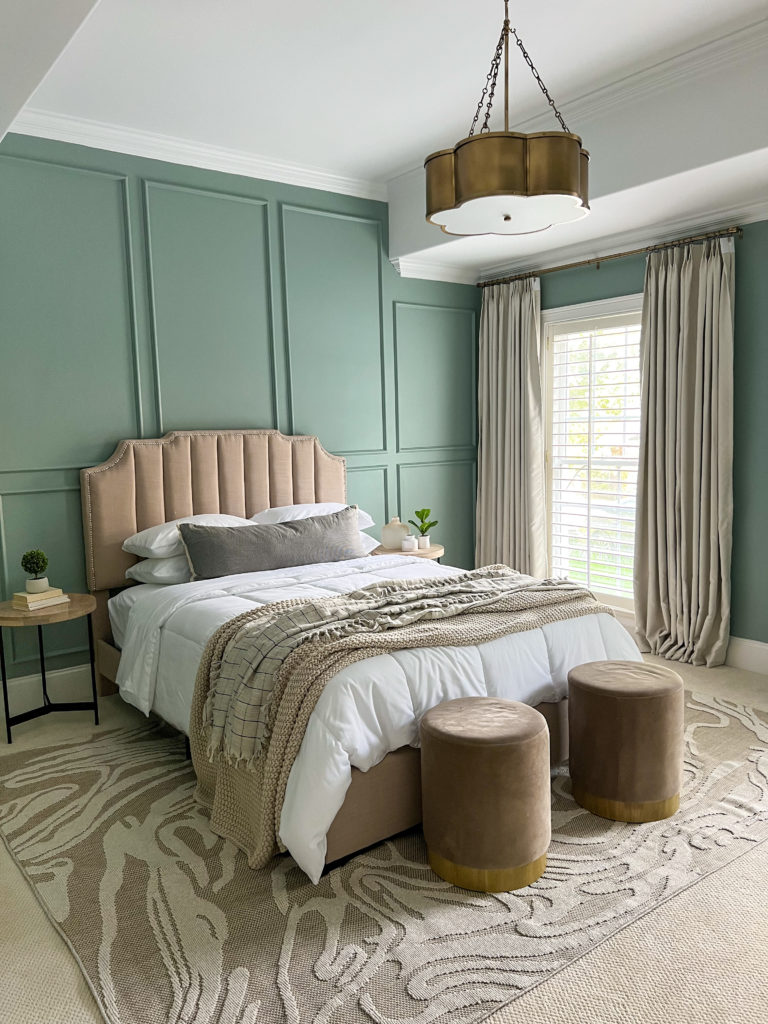
Curtains and Drapes can be a great way to upgrade a room. Not only do they add a style component to a room, but they can have different functions. When considering curtains for a room, think about the intended effect. Is it essential for them to be blackout curtains? Do you need privacy? What type of room will this curtain go in? Are there also blinds under the curtain?
I have a few style tips. Floor-length curtains certainly add a dramatic effect and can make a room feel formal. Sill-level curtains are great for bedrooms or even bathrooms. Bathrooms can be tricky because you need privacy, but if you opt for curtains, as opposed to blinds, be thoughtful of the material. If you want bathroom curtains, I recommend cotton or linen material, since they dry fast and are less likely to get moldy with moisture.
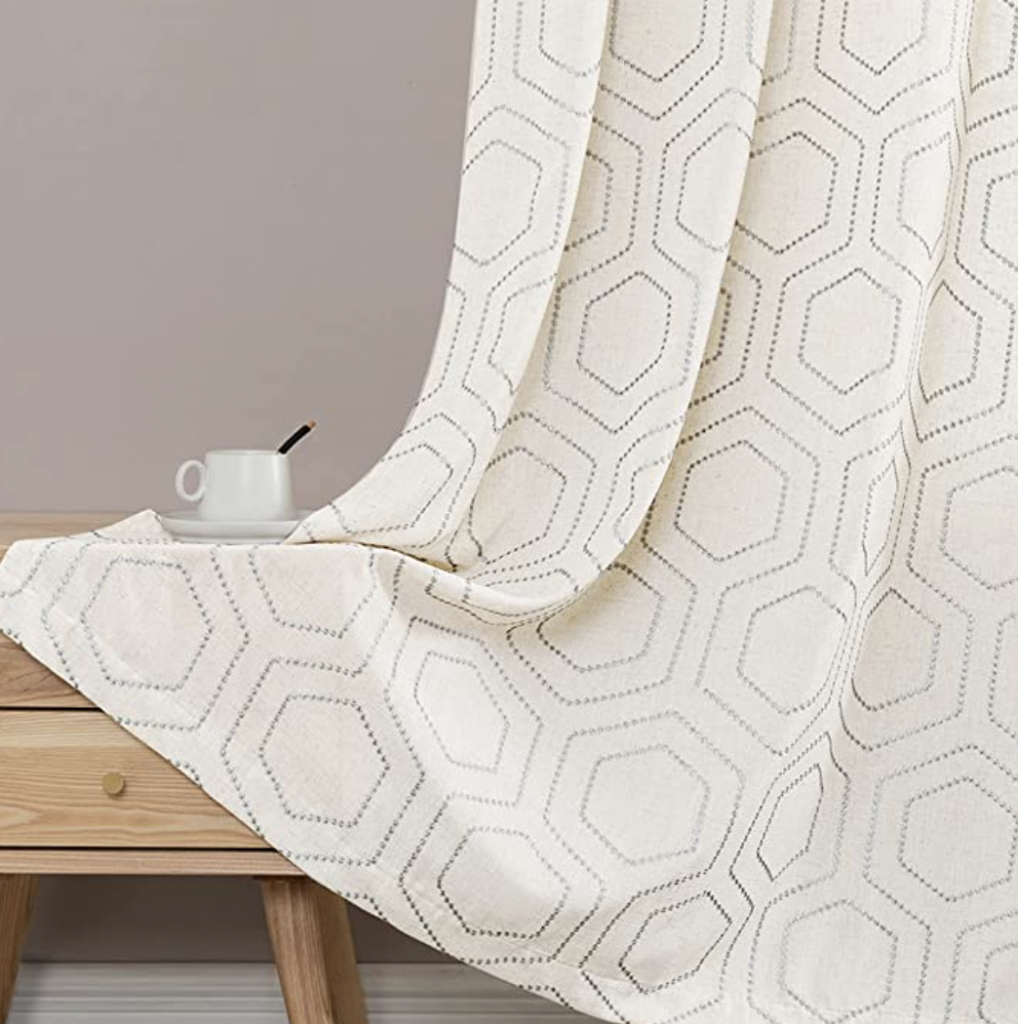
One of the first things I consider when hanging a curtain is the height of the room. There are a few general rules I like to follow. No matter what height your ceiling is I would always place the curtain rod at least 2 inches above the top of the window. A tip to make your room look larger is to mount the curtains closer to the ceiling. For curtains that hang on either side of your window a good rule of thumb is to hang your curtains halfway between the ceiling and the top of the window.
Now for the width of the curtains and drapes compared to a window. To make sure you don’t have that annoying peep of light showing or a tacky gap, make sure the rod extends past the window at least 3 inches. This will help elevate your room as well as ensure its functionality.
Evaluate what type of installation you will be doing. Is this a dorm or apartment that you will use command strips for? Is this your own home where you can drill and have a more permanent installation? This will help you make some wise choices in the material for your curtains as well. There are some heavy-duty command strips out there so this has never been a problem for me but something to think about.
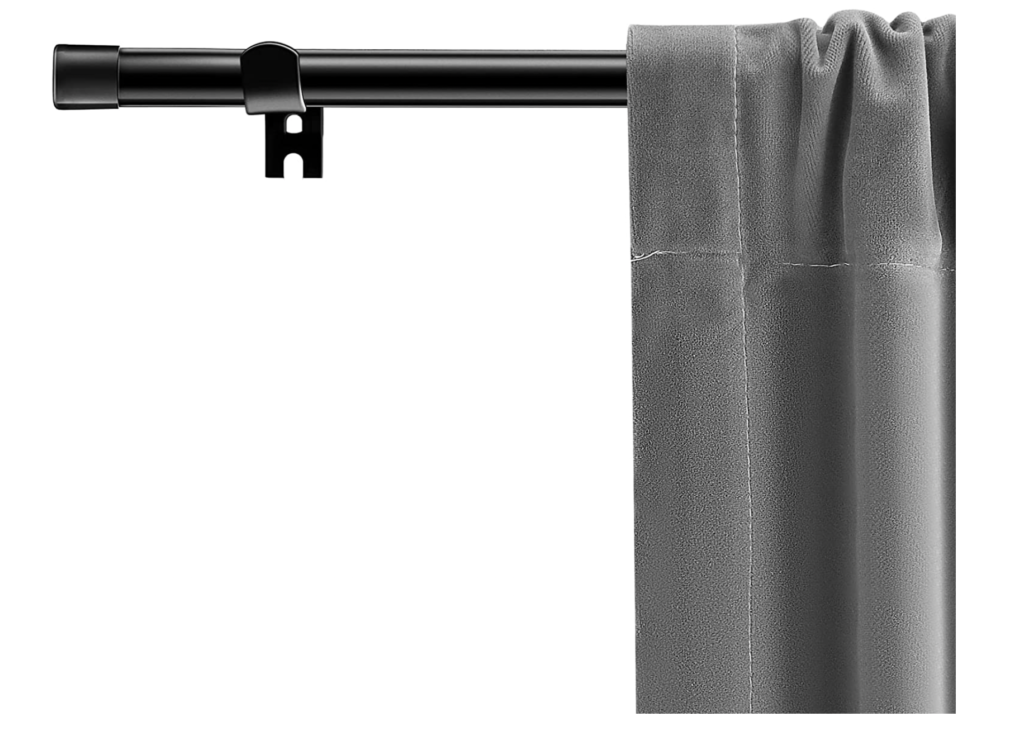
A complimentary style of choice in rod and curtain is worth mentioning. If you are hanging a light fabric like cotton or lace a daintier smaller rod would complement. If you are hanging a heavier fabric like velvet or blackout curtains a larger or decorative rod would complement. On the end of the rod, there is usually a decorative accent that is called a finial. This can be a fun way to express your style to complement the design of the room. I am really loving adding gold accents to my home and a curtain rod is a great way to tie the room together.
Now let’s talk about actually hanging the curtains and drapes. First, measure the width and length of your window, and then measure it again. If you have blinds on your windows, don’t forget to measure how far out from the wall the curtains will need to be. This tells you what brackets to look at for the rod. After you pick out the fabric and weight of the curtain, choose your rod and hardware.
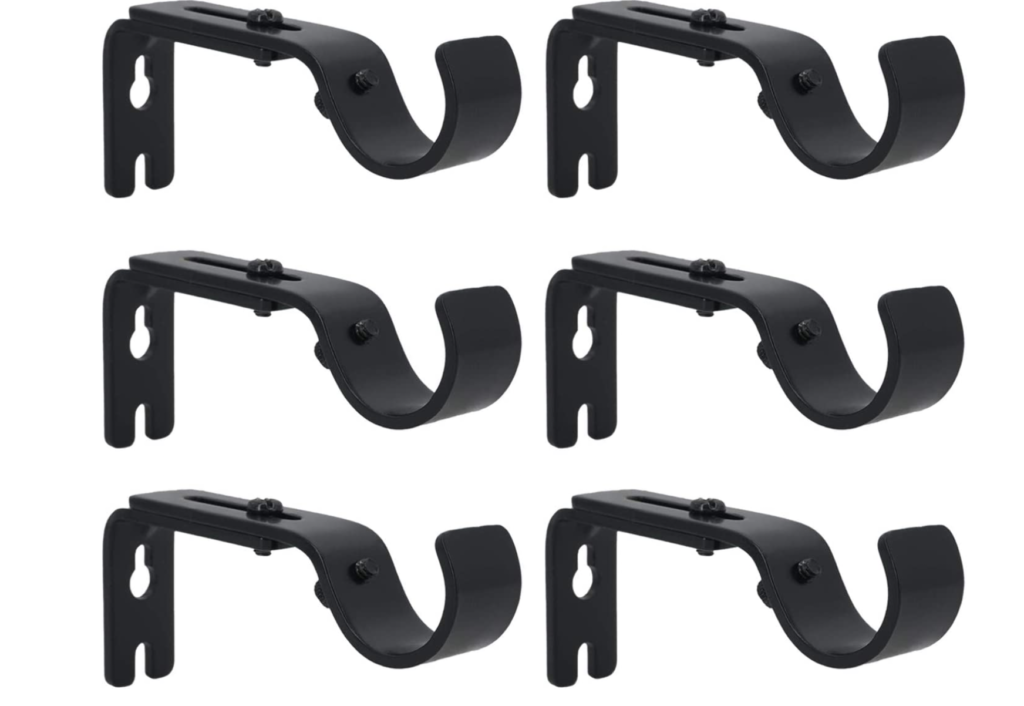
Next, you will install the brackets. This is the most important step. If possible attach brackets to wall studs. However, oftentimes I have attached brackets using wall anchors. Making the brackets level is crucial. After you install the brackets, mount the curtain onto the rod and the rod onto the brackets. Take a step back and admire your work!


